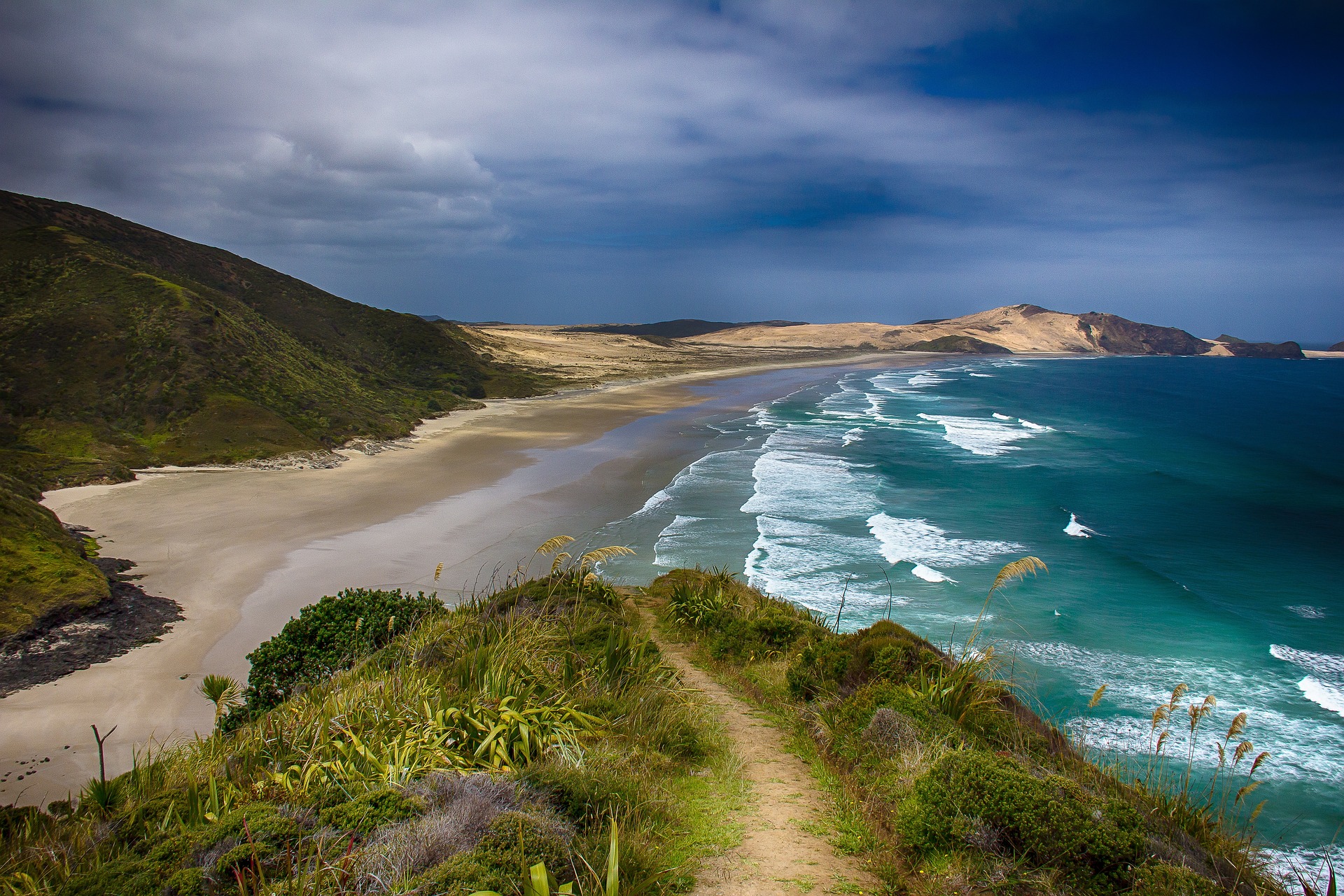
New Zealand to triple tourist tax to conserve natural environment
While New Zealand has plans to almost triple the tourist tax to conserve the environment, reportedly it will also go towards boosting public services. According to CNN, from October 1 the fee will rise sharply from NZ$35 ($22) to NZ$100 ($62).
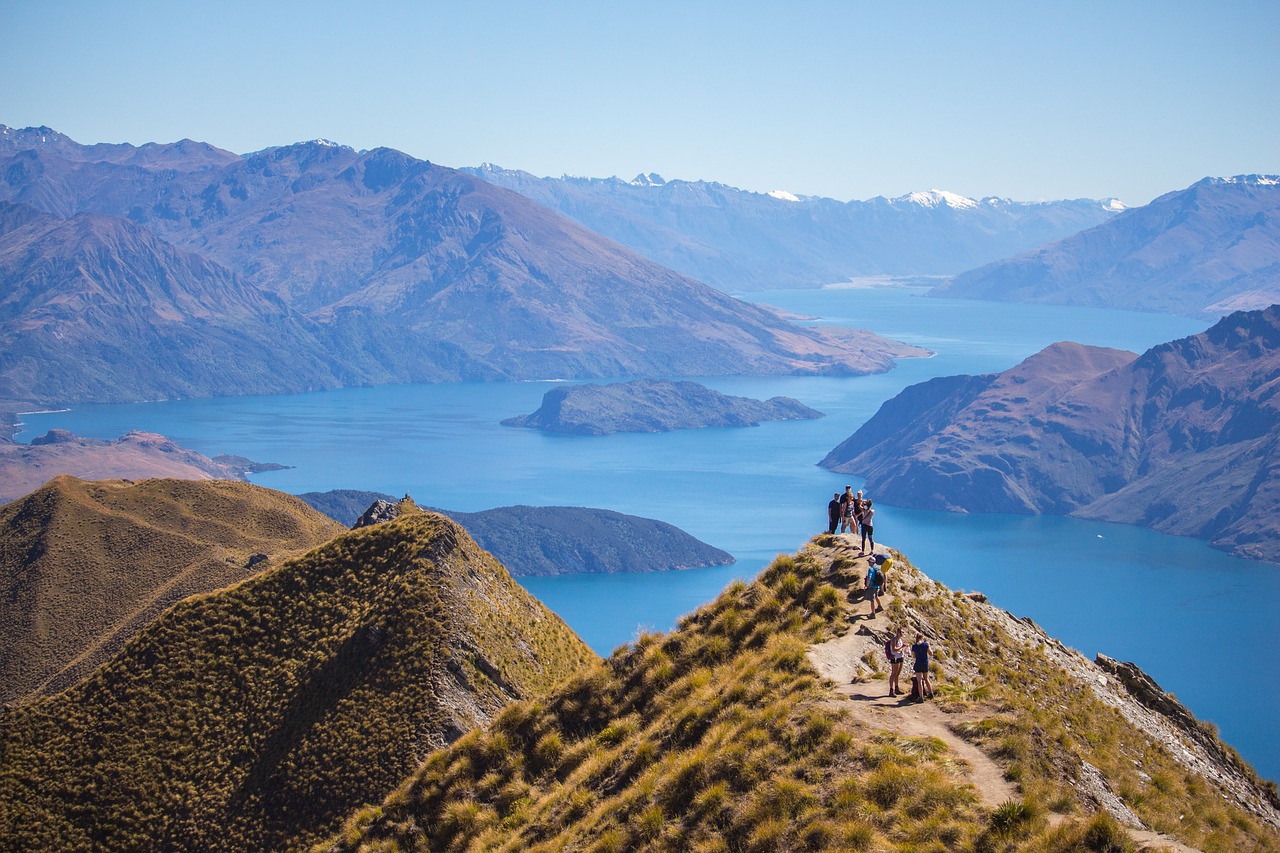
Readers will recall that after New Zealand imposed some of the toughest border restrictions in the world, the country cautiously emerged from the pandemic while taking the time to shift over to regenerative, sustainable travel.
At that time, the country’s tourism ministry aimed to shift its popularity with budget backpackers to focus on higher-spending visitors who would stay for a longer period.
Does the country suffer from overtourism?
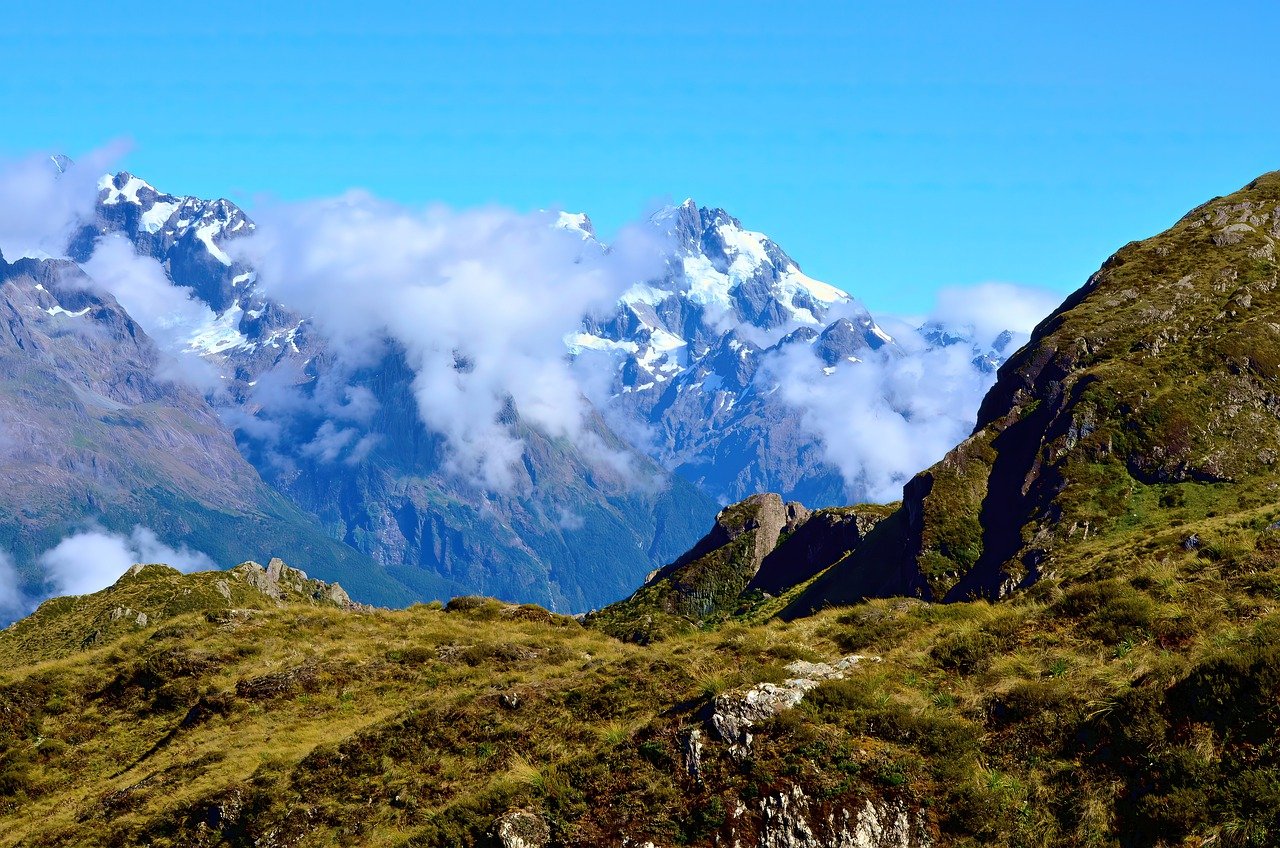
Reportedly, between 2016 and 2019, around 11 million tourists visited New Zealand, which hosts a permanent population of only 5 million. However, the country’s popularity with tourists does take a toll on its delicate natural environment, which is one of New Zealand’s biggest draws for tourists.
Moreover, environmental degradation not only threatens the country’s recreational appeal, it also leaves the two islands less resilient to natural disasters like wildfires and flooding. At this time, New Zealand is increasingly exposed to these due to climate change and rural development.
Why is the tourism tax being increased now?
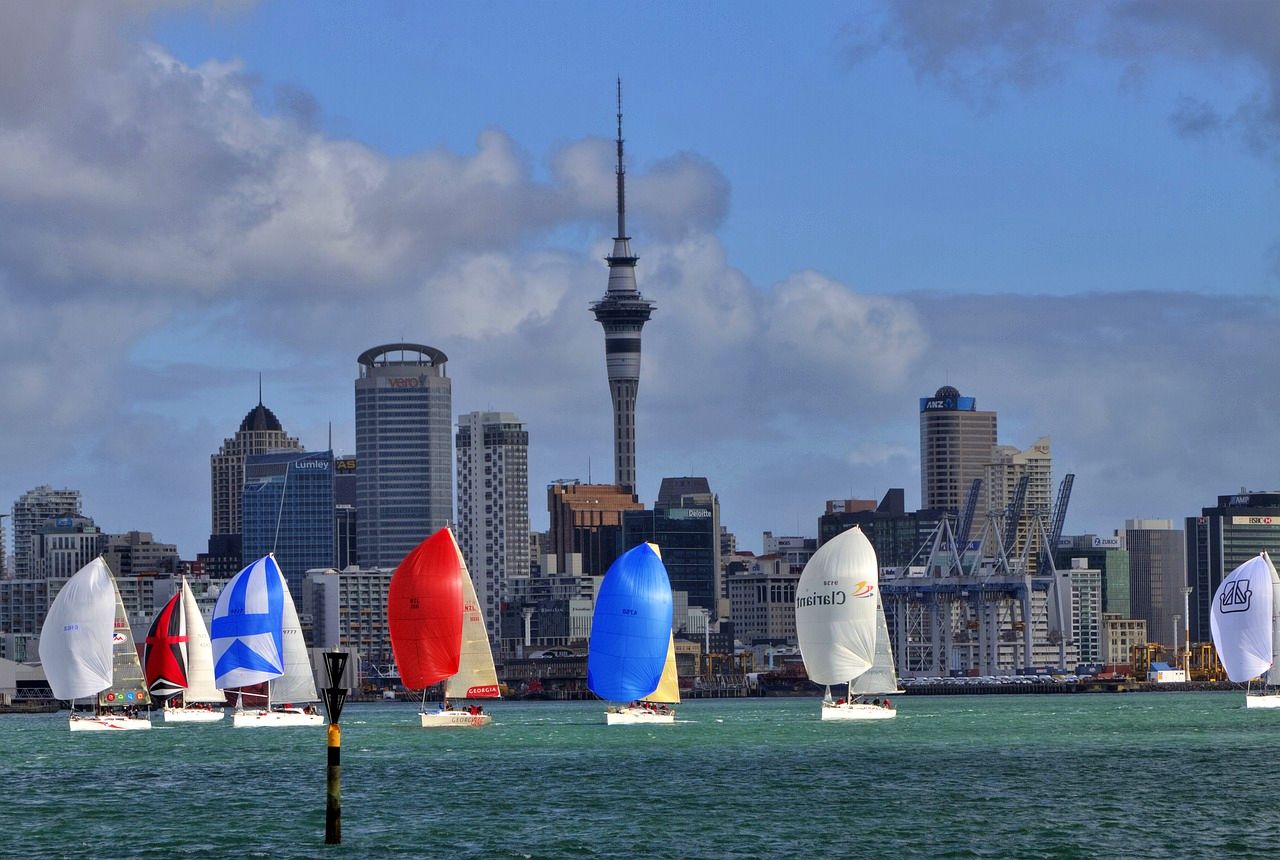
Meanwhile, the flat rate fee is to be paid by international travelers when applying for a New Zealand Electronic Travel Authority (NZeTA) or tourist visa. Visitors traveling from Australia and several Pacific islands are exempt from the tax.
Since then, the tax has funded projects ranging from pest eradication and habitat creation to developing sustainable tourism activities and to maintain biking trails. However, according to the government, the revenue generated – approximately NZ$80 million ($50 million) – is insufficient to address all issues facing conservation and tourism.
Moreover, officials argue that the increased tax is reasonable and puts New Zealand in line with other countries’ tourism taxes. Apparently, it does fall in line with some European destinations, where a nightly tax is charged. For example, Barcelona in Spain charges visitors up to €7.50 ($8.30) per night from October, totaling €52.50 ($58) per week.
However, the NZ$100 ($62) fee is much higher than popular locations like Bali, where tourists pay charges of IDR 150,000 ($10).
Meanwhile, New Zealand’s tax is relatively low when compared to other ecologically delicate destinations. For instance, the Galapagos Islands increased their tourism levy in August to $200, up from the previous fee of $100.
Could the higher tax stop travelers visiting New Zealand?
New Zealand’s Minister for Tourism and Hospitality, Matt Doocey, made a statement about the increase:
A $100 IVL would generally make up less than 3 percent of the total spending for an international visitor while in New Zealand, meaning it is unlikely to have a significant impact on visitor numbers.
However, NZ Airport fears the increase will be “bad for the economy.” Meanwhile, the Tourism Industry Aotearoa (TIA) deems the increase a “barrier making New Zealand incredibly expensive to visit.” Moreover, it also points out that this tourism tax hike will come into force simultaneously as the country’s visitor visa charges rise by some 60 percent, which makes the total cost to enter New Zealand up to NZ$500 {$310).
The organization also warned that this is 66 percent more than Australia and more than double the fee to visit Canada.


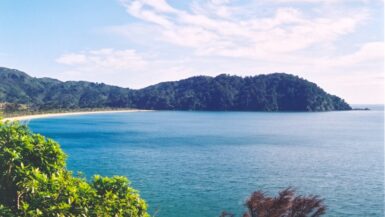

[…] Kong is hoping to boost its tourism and two cute giant pandas have arrived in the city to draw more tourists. The two pandas were […]